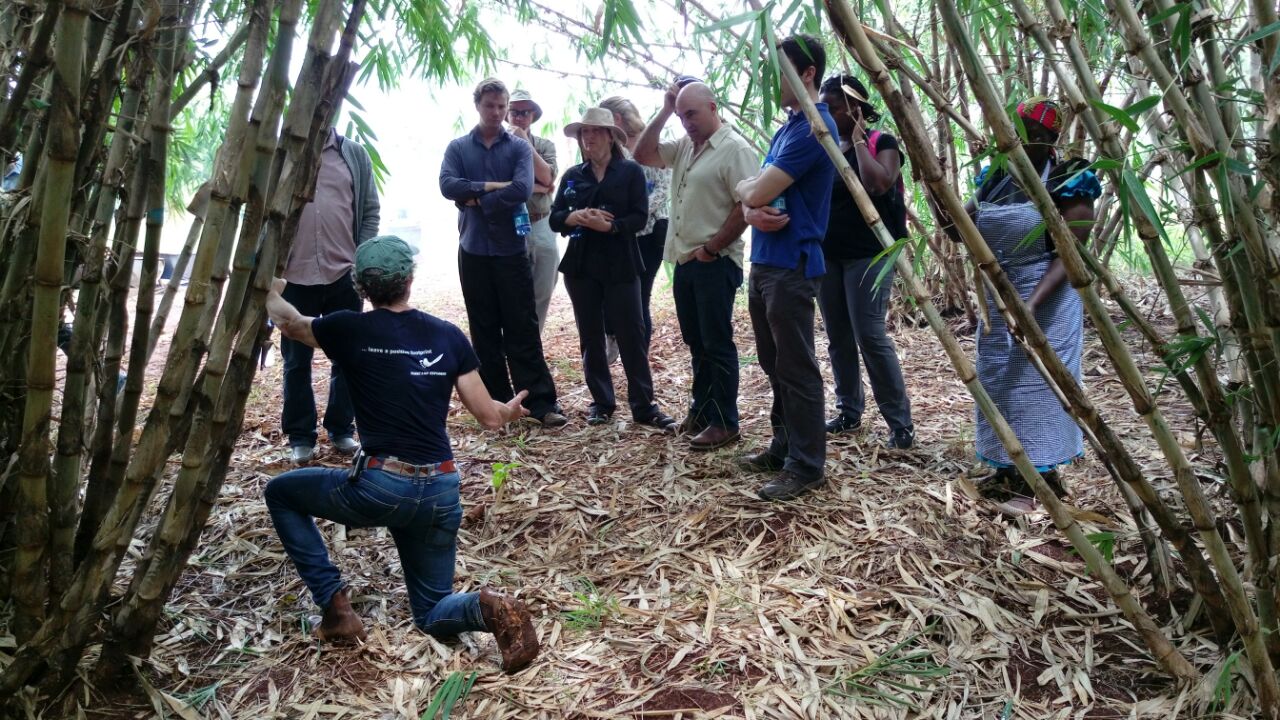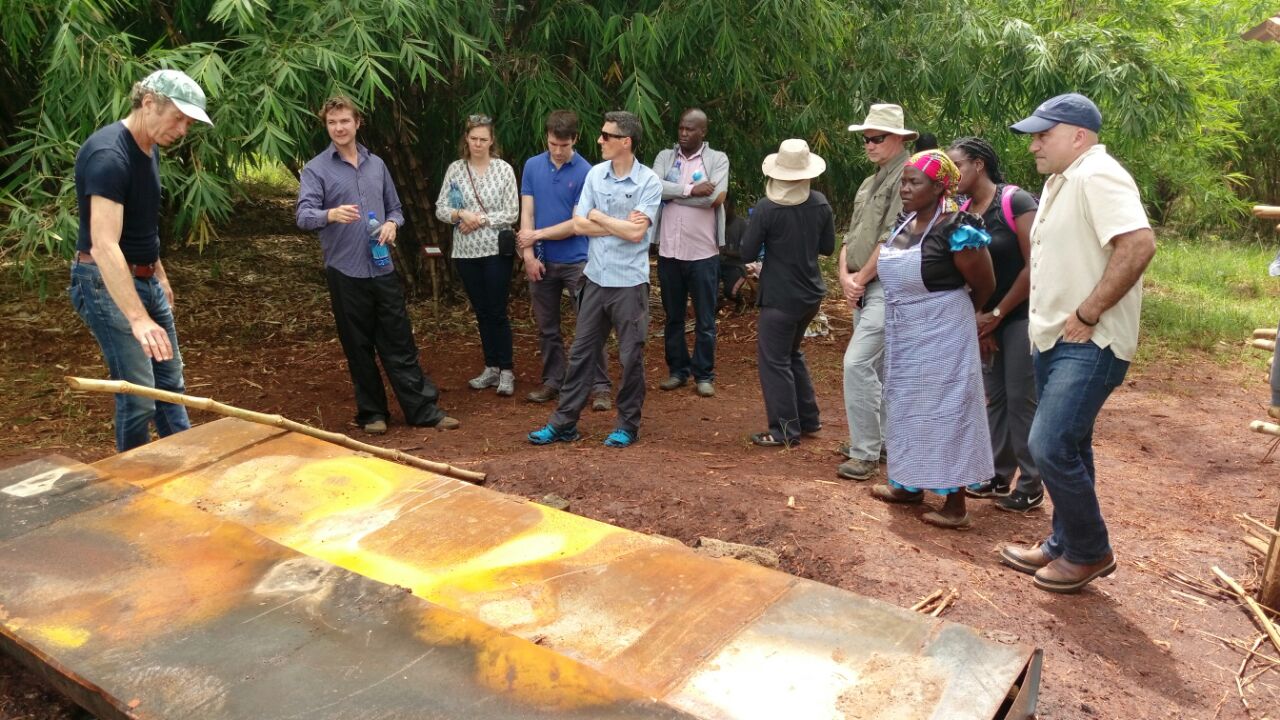News
The Nature Conservancy visits the Green Belt Movement’s Bamboo Biomass Entrepreneurship Project

In the foreseeable future, Kenya will need access to sustainable sources of firewood, charcoal, and other forest products at a massive scale, if any natural forests are to remain. One of these sources could be bamboo, a cash crop with many uses and benefits: rapid growth, high income potential, source of firewood and easy to convert to charcoal. Standing forests of bamboo also capture carbon and slow the process of climate change.
The opportunity for bamboo as a source of biomass energy is immense and the biomass benefits of bamboo are impressive: from the same acreage, bamboo gives 4.5 times more biomass than eucalyptus. The rapid turnover and consequently high production of biomass makes bamboo suitable as feedstock for cooking stoves. Bamboo is renewable and can be used on degraded land. It also lends itself very well for energy plantations because the heating and burning value of bamboo is also high.


